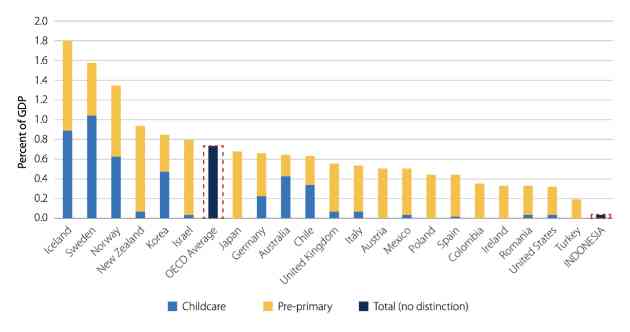Seeing Figure 1, the household supply graph shows how a household balances time spent on domestic tasks with total consumption, given a certain wage rate. In fact, women have the option not to work if the household already has a source of income from their husband. Even if the wives devote 100% of their time doing housework, nevertheless they receive an income of Y.
Figure 1. Joint Labour Supply

But, in order to increase resource use efficiency, the joint household production theory states that households could act as units, maximizing total household output by assigning tasks based on each member's comparative advantage. Traditionally, one partner (usually the mother) focuses on unpaid domestic labour while the other (usually the father) focuses on earning money. Nowadays, having both mom and dad contributing economically through involved fatherhood, where fathers also participate in domestic responsibilities is important. This revolution not only benefits working mothers, but also conforms with Becker's evolving theories that household responsibilities are reallocated based on talents, availability, and preferences rather than fixed gender norms.
So, what other benefits does involved fatherhood offer? In fact, in countries where fathers hold more egalitarian views towards child rearing and non-paid care, the wage gap is smaller (Andringa, Nieuwenhuis, & van Gerven, 2015) compared to countries that don't.
The truth is, embracing a more equal split at home means more than just fair workloads and economies; it's about respect, balance, and teaching my children the importance of partnership.
Day 4: If I'm Doing This, What's in it for My Family?
Dear diary...
I'm not gonna lie. Sometimes I fear that we're missing out on opportunities because we don't have enough time for Canti and Rakai. But at the same time, we're setting a balanced and equitable relationship for our children, teaching them that each family member plays an important role.
The financial benefits of being a dual-income parent are huge for our family. Besides contributing to monthly expenses, my income allows us to make decisions that support our family's well-being, like paying for Canti's piano lessons, Rakai's daycare, or going on occasional family trips. I know that every extra bit I earn helps in creating a better life for ourselves---and if there is a break in employment, we can benefit from increased financial security.
Day 5: Actually, Can I Have Everything?











